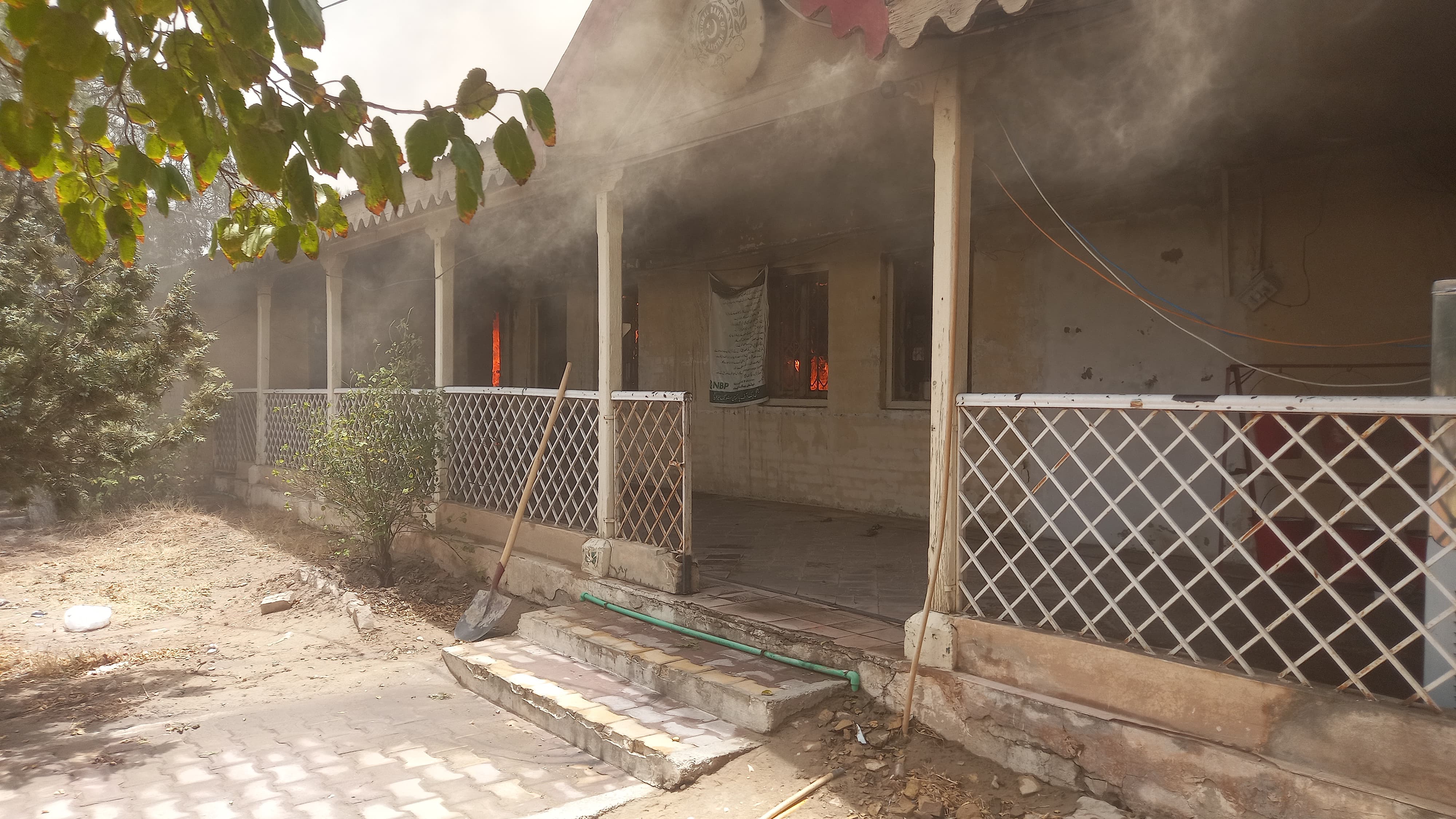Did Pakistan Earthquake Create a New Island in the Arabian Sea?
Tuesday's major earthquake in southern Pakistan led to some intriguing reports of a new island appearing just off Pakistan's coast. The Associated Press says following Tuesday's 7.7-magnitude tremor, witnesses reported that a small island appeared near the Arabian Sea port of Gwadar, about 150 miles northeast of the quake's epicenter.
Gwadar Police Chief Pervez Umrani said the new island was about 30 feet high and 100 feet long.

This Google Earth map shows the distance between the magnitude-7.8 earthquake of Sept. 24, 2013, and the reported location of a new island in the Arabian Sea. Weather.com reached out to experts for their opinion on the plausibility of the extraordinary claim, including Dr. Rob Mellors, a researcher at Lawrence Livermore National Laboratory in Livermore, Calif. Mellors specializes in seismology in Central Asia and the Middle East, and he says the region has seen these instant islands in past.
"In 1945 there was a big earthquake, an 8 [magnitude], offshore, that created islands that lasted three months," Mellors told Weather.com. We also asked Mellors why the sudden appearance of an island wouldn't trigger a tsunami. He explains what happened off the coast of Pakistan could have been a "large scale mud liquefaction, or possibly what's known as a mud volcano, which is driven by methane."
(MORE: Latest Details On Massive Earthquake)
Bill Barnhart, a seismologist at the U.S. Geological Survey in Golden, Colo., explained that a mud volcano is "caused by a release of gases that are trapped deeper down in the ground. As seismic waves pass by, these are released and form mud volcanoes at the surface." "The gases become mobile, and they entrain mud with them as they come to the surface," Barnhart added.
The experts explain if enough mud is lifted from the ocean floor, an island forms, which wouldn't necessarily cause a tsunami. "This is probably a very localized uplift of mud," Mellors said. "Tsunamis are usually caused by a broader uplift. A tsunami is when you have tens or hundreds of kilometers of sea floor moving up. In this case you only have that small area lifting up."
"One of these formed in this region in 2001 due to an earthquake in India," Barnhart said. Mellors added that other similar islands were spotted in 1945 and 1999. Barnhart noted that these islands don't last long. "Typically, since these are basically mud piles on the ocean floor, they will completely erode away within about a year."
http://www.weather.com/news/did-pakistan-earthquake-create-new-island-sea-20130924
Tuesday's major earthquake in southern Pakistan led to some intriguing reports of a new island appearing just off Pakistan's coast. The Associated Press says following Tuesday's 7.7-magnitude tremor, witnesses reported that a small island appeared near the Arabian Sea port of Gwadar, about 150 miles northeast of the quake's epicenter.
Gwadar Police Chief Pervez Umrani said the new island was about 30 feet high and 100 feet long.

This Google Earth map shows the distance between the magnitude-7.8 earthquake of Sept. 24, 2013, and the reported location of a new island in the Arabian Sea. Weather.com reached out to experts for their opinion on the plausibility of the extraordinary claim, including Dr. Rob Mellors, a researcher at Lawrence Livermore National Laboratory in Livermore, Calif. Mellors specializes in seismology in Central Asia and the Middle East, and he says the region has seen these instant islands in past.
"In 1945 there was a big earthquake, an 8 [magnitude], offshore, that created islands that lasted three months," Mellors told Weather.com. We also asked Mellors why the sudden appearance of an island wouldn't trigger a tsunami. He explains what happened off the coast of Pakistan could have been a "large scale mud liquefaction, or possibly what's known as a mud volcano, which is driven by methane."
(MORE: Latest Details On Massive Earthquake)
Bill Barnhart, a seismologist at the U.S. Geological Survey in Golden, Colo., explained that a mud volcano is "caused by a release of gases that are trapped deeper down in the ground. As seismic waves pass by, these are released and form mud volcanoes at the surface." "The gases become mobile, and they entrain mud with them as they come to the surface," Barnhart added.
The experts explain if enough mud is lifted from the ocean floor, an island forms, which wouldn't necessarily cause a tsunami. "This is probably a very localized uplift of mud," Mellors said. "Tsunamis are usually caused by a broader uplift. A tsunami is when you have tens or hundreds of kilometers of sea floor moving up. In this case you only have that small area lifting up."
"One of these formed in this region in 2001 due to an earthquake in India," Barnhart said. Mellors added that other similar islands were spotted in 1945 and 1999. Barnhart noted that these islands don't last long. "Typically, since these are basically mud piles on the ocean floor, they will completely erode away within about a year."
http://www.weather.com/news/did-pakistan-earthquake-create-new-island-sea-20130924
Last edited by a moderator:































